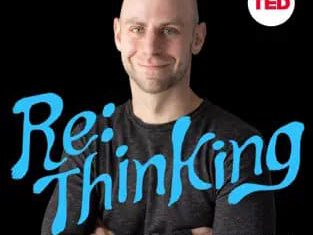The next mental model on my list is base rates. Simply put, when trying to determine the probability of an event happening, you should start at a level where you pretend no other information is available. Further, even if more information is available, you’re still best off to establish the base rate first, and then factor in the other pieces.
The summary on WallStreetMojo is a good place to start:
Base rate fallacy occurs when people ignore general information and base their judgment solely on specific data related to the target case. This happens because people consider base rate data to be less relevant as compared to situational information. As a result, neglecting the base rate leads to inaccurate conclusions.
For example, you may think your child is brilliant and has a great chance at being accepted into the college of their choice. However, suppose the acceptance rate at that college is only 4%. Your child might be smarter than average, but start with the 4% chance and work from there to figure out a realistic probability. In this case you can combine the base rate (4%) with other information that you know (my child has excellent grades and test scores) to help determine their odds of being selected. Even if you decide they have a 4x better chance than normal, that’s still just a 16% chance that they’ll get in.
Or consider flipping a coin. If it lands on heads five times in a row, what are the odds that it lands on heads again? In this case, the base rate of landing on heads is 50%, and the new information that you have doesn’t affect it, so the odds remain at 50%.
You see this a lot in sports, too. Over his career, Michael Jordan had a shooting percentage of 49.7%. However, when the game was on the line he really stepped up, right? According to Bleacher Report, Jordan was 9-of-18 (50%) on “playoff game-winning shot attempts”, virtually identical to the rest of his playing. Starting with his base rate was a wise thing to do, even if it felt like he was super clutch when the game was on the line.
Bent Flyvbjerg summarizes it this way: “People often think the information they have is more relevant than it actually is.“
If you have more information to help predict the outcome of an event, you shouldn’t ignore it, but you’d be wise to start with the base rate and go from there.




